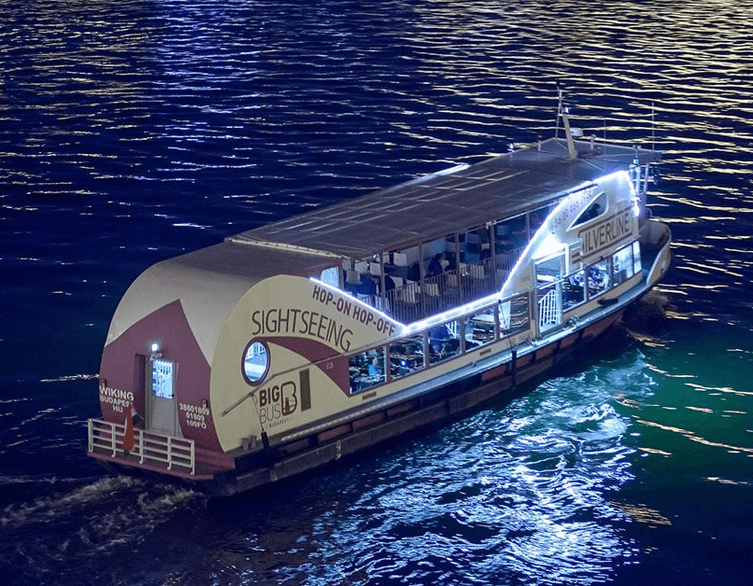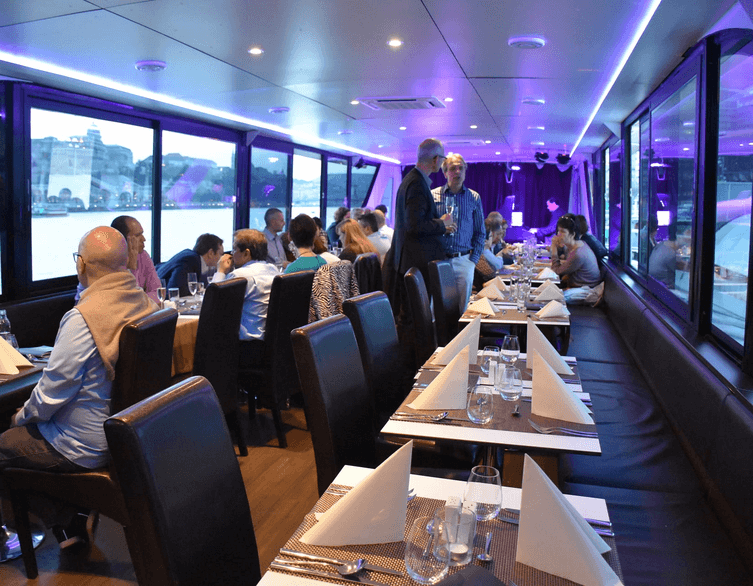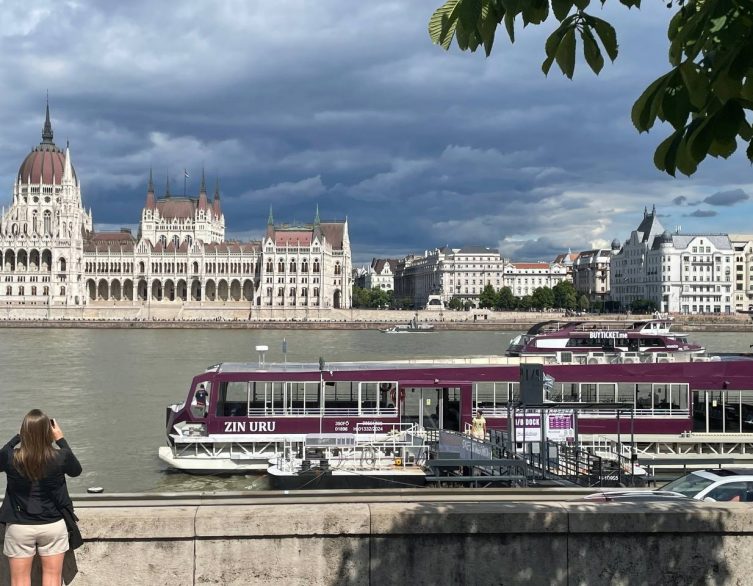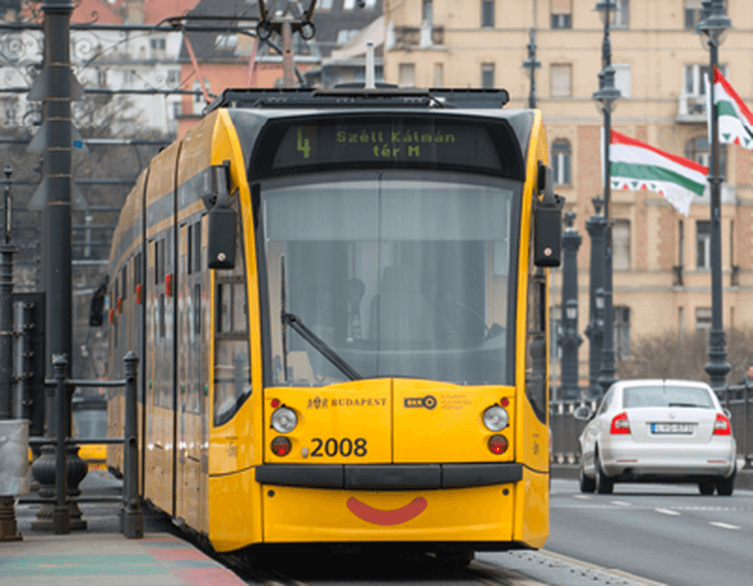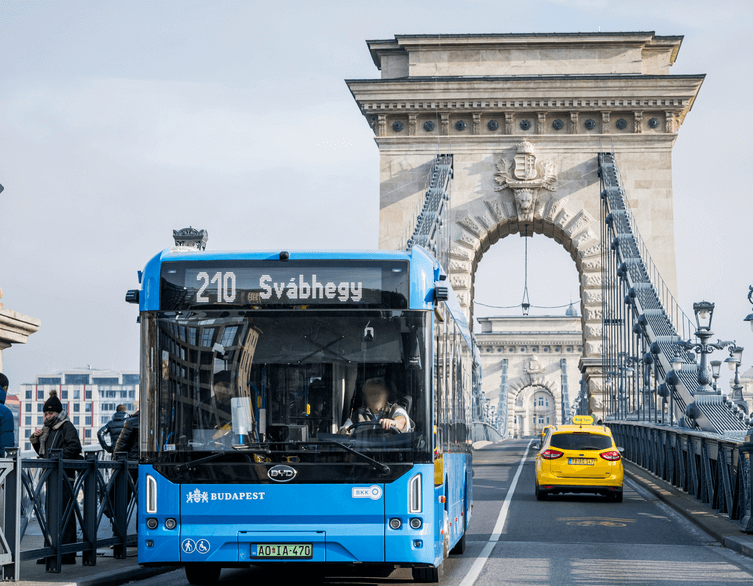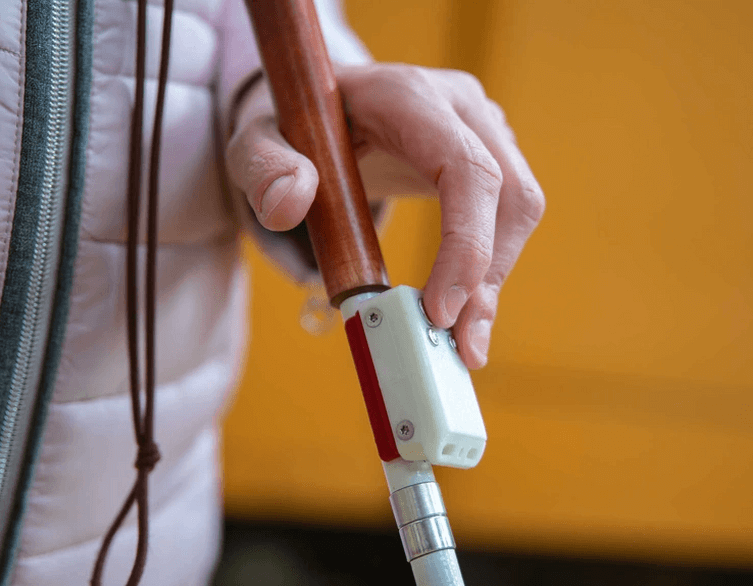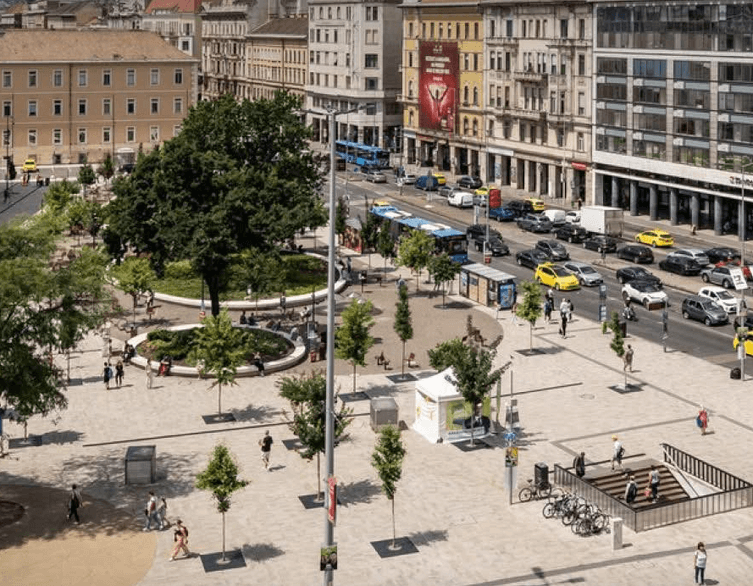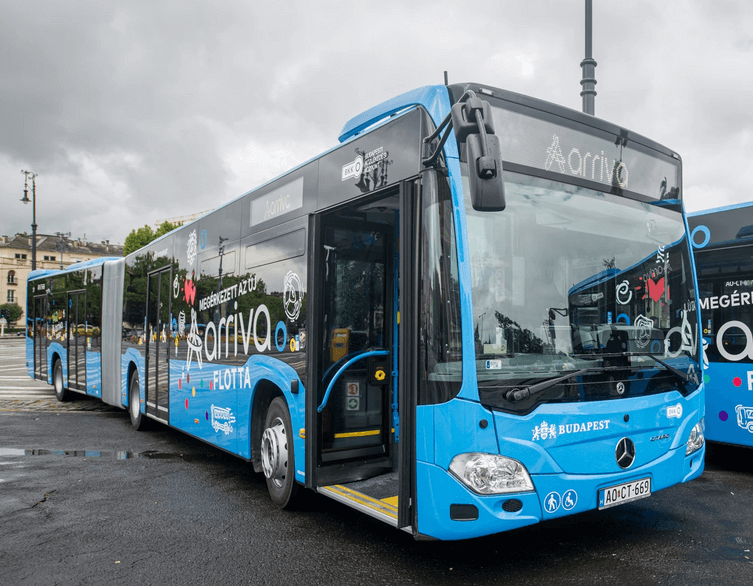Budapest’s Public Transport Revolution: New Trams and Buses Transform the City
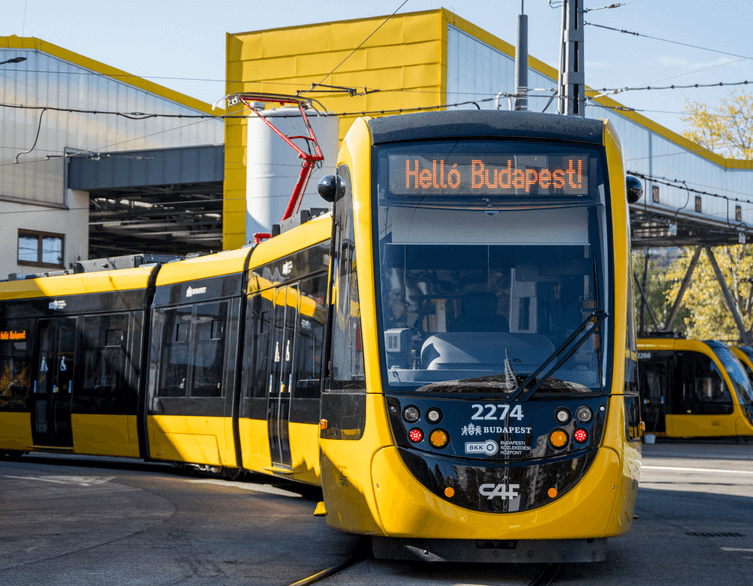
If you’ve been exploring Budapest on a sunny autumn day recently, you might have already experienced the city’s latest addition to its public transport fleet. The capital’s streets are buzzing with excitement as sleek new trams and buses gradually replace older vehicles, making getting around the city more comfortable, accessible, and environmentally friendly than ever before.
The CAF Tram Fleet Expands
The newest star of Budapest’s tram network carries the number 2276, marking the 22nd vehicle in a series of 51 modern CAF trams scheduled to enter service by the end of 2026. These Spanish-manufactured trams represent a significant leap forward for the city, dramatically increasing the proportion of low-floor vehicles available to passengers. Currently, about 30 percent of Budapest’s tram fleet features low-floor accessibility, but this number will jump to nearly 40 percent once all the new trams are operational.
The arrival of these contemporary vehicles means barrier-free travel becomes available on more routes throughout the city. You can now spot these modern CAF trams gliding along several key lines, including routes 1, 3, 17, 19, 42, 50, 56, 56A, and 61. As additional trams join the fleet and necessary infrastructure upgrades are completed, including improvements to power supply systems and station renovations, these comfortable vehicles will eventually serve routes 2, 23, 24, and 62 as well. Lines 14 and 69 will also see an increase in low-floor tram availability.
Budapest has already received 22 of the new CAF trams, with 21 currently in active service. The fleet includes both standard-length vehicles measuring 34 meters and longer articulated trams stretching 56 meters, allowing the transit authority to match vehicle size to passenger demand on different routes. Each tram features air conditioning, making summer journeys far more pleasant, and their modern design ensures reliability even during Budapest’s harshest winters.
A New Era of Electric Buses
Budapest is making history with an ambitious electric bus program that represents a genuine turning point for urban transportation. By 2027, seventy brand-new, fully electric buses will be serving the city, including twenty articulated models that are the first of their kind in Hungary. These zero-emission vehicles combine climate-friendly technology with passenger comfort, featuring air conditioning and spacious interiors that make every journey more enjoyable.
Best deals of Budapest
The electric fleet consists of fifty BYD eBus B12 standard buses and twenty BYD eBus B19 articulated buses. You’ll encounter these whisper-quiet vehicles on routes crisscrossing Budapest’s inner districts, climbing the Buda hills, traveling along Rákóczi Avenue, and serving lines 105 and 210. While forty-four of these buses have already arrived in Budapest, they’re currently undergoing final preparations before entering passenger service.
These electric buses play a crucial role in Budapest’s climate goals, eliminating local emissions while providing a smooth, nearly silent riding experience that contrasts sharply with traditional diesel vehicles. Their presence on the streets signals Budapest’s commitment to becoming a greener, more sustainable capital.
Modern Diesel Buses Join the Fleet
Starting in summer 2025, Budapest welcomed 150 new Mercedes-Benz Citaro buses, combining traditional diesel reliability with cutting-edge efficiency and passenger comfort. These vehicles represent some of Europe’s most popular urban transit buses, known for their dependability and excellent passenger amenities. The fleet includes 128 articulated Mercedes-Benz Citaro G buses and 22 standard-length MAN Lion’s City buses.
The first of these buses began service on routes 8E and 133E, connecting the city center with Újpalota, Budafok, Nagytétény, and Gazdagréti. Additional buses now serve southern Budapest neighborhoods, including Csepel, Soroksár, and Pesterzsébet. So far, forty-one buses have arrived in Budapest, with twenty-five already carrying passengers through the city streets.
These new diesel buses meet strict EURO VI-E environmental standards, significantly reducing emissions compared to older vehicles. They feature air conditioning, low-floor accessibility, onboard cameras for security, and modern passenger information systems that display connection information. USB charging ports at the seats ensure you can keep your devices powered during your journey.
MaxiMidi Buses for Smaller Routes
Budapest recently introduced a new category of vehicle perfectly sized for routes with moderate passenger demand. The MaxiMidi buses, measuring 10.6 meters in length, fill the gap between traditional minibuses and full-size standard buses. These Mercedes-Benz Citaro K vehicles combine maneuverability on narrow streets with generous passenger capacity.
Six MaxiMidi buses entered service in October 2025, with the first three beginning operations on route 121 in Újpest. Route 27, winding up Gellért Hill, soon followed. By early 2026, all sixty-five of these buses will be operating across Budapest, primarily serving Buda’s hillier neighborhoods where their compact size and efficient engines excel. Routes 27, 39, and 65 are among the first to benefit from these vehicles.
Like their larger counterparts, the MaxiMidi buses feature air conditioning, low-floor accessibility, LED lighting throughout, USB charging capabilities, and modern passenger information displays. Their BlueTEC EURO VI-E engines deliver excellent fuel economy while minimizing environmental impact. These buses replace outdated vehicles with EURO 2 and EURO 3 engines, representing an immediate improvement in air quality wherever they operate.
What This Means for Visitors
Budapest’s public transport transformation offers significant advantages for tourists exploring the city. The new vehicles make navigating Budapest easier and more comfortable regardless of your mobility needs. Parents traveling with strollers, visitors with luggage, and anyone with mobility challenges will find the low-floor design and spacious interiors particularly helpful.
Air conditioning proves invaluable during Budapest’s warm summers, when temperatures often soar above 30 degrees Celsius. The modern passenger information systems display upcoming stops and transfer connections in multiple languages, reducing anxiety about missing your destination. USB charging ports mean you can navigate with your smartphone without worrying about battery life.
The expansion of electric buses brings an unexpected benefit for visitors: quieter streets in central Budapest. The near-silent operation of electric vehicles reduces noise pollution, making outdoor dining and sightseeing more pleasant. These buses also contribute to cleaner air throughout the city, enhancing the overall visitor experience.
Tracking the Fleet
The Budapest transit authority maintains an updated page tracking when and where new vehicles enter service. You can follow progress at BKK’s website, where real-time information shows which routes currently operate with the newest trams and buses. This transparency reflects Budapest’s commitment to modernizing its public transport system with support from European Union funding and Hungarian state co-financing.
The numbers tell an impressive story. Budapest’s public transport system serves more than three million trips daily, making vehicle quality critically important for residents and visitors alike. Since these modernization efforts began, more than 430 new vehicles have entered service, including over 350 buses. The current wave of additions represents the most ambitious phase yet.
By 2027, nearly 90 percent of Budapest’s bus fleet will feature modern EURO 5 or better engines, alongside the growing electric fleet. This transformation will reduce local air pollution by approximately 8,000 tons annually, making Budapest’s air noticeably cleaner and healthier for everyone who lives in or visits the city.
The ongoing modernization of Budapest’s public transport represents more than just newer vehicles. It signals a commitment to creating a more accessible, comfortable, and environmentally responsible transit system that serves both daily commuters and curious tourists exploring this beautiful capital on the Danube.
Related news

















